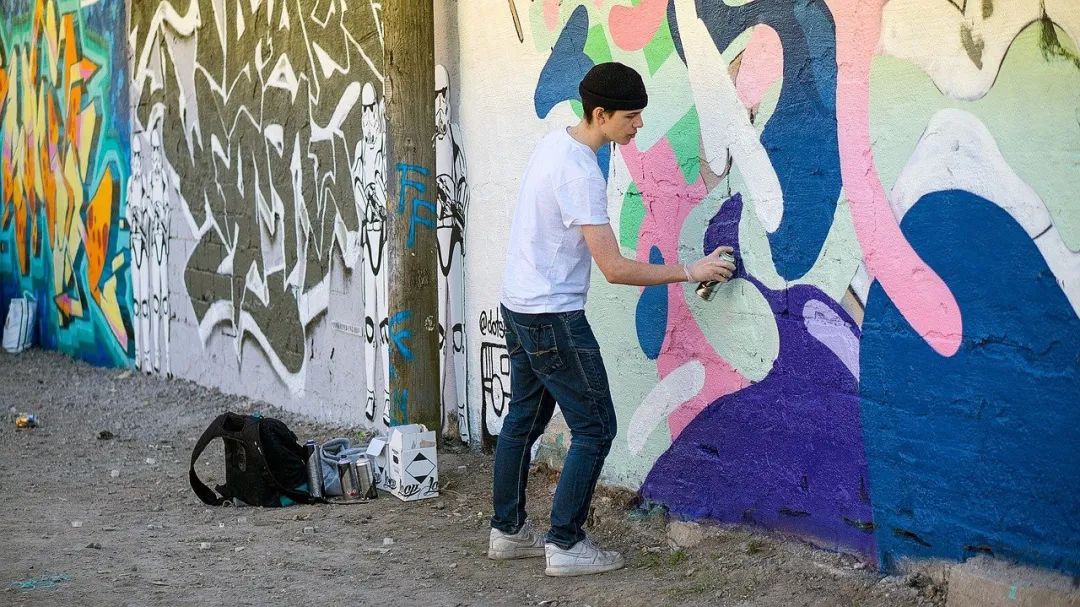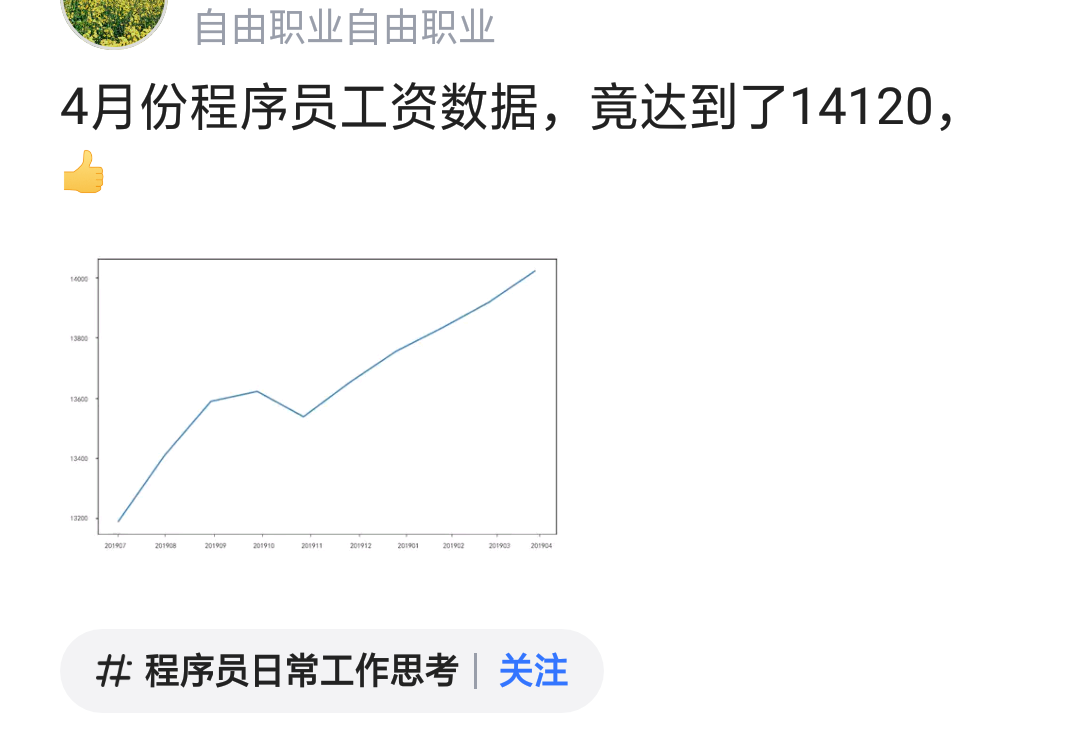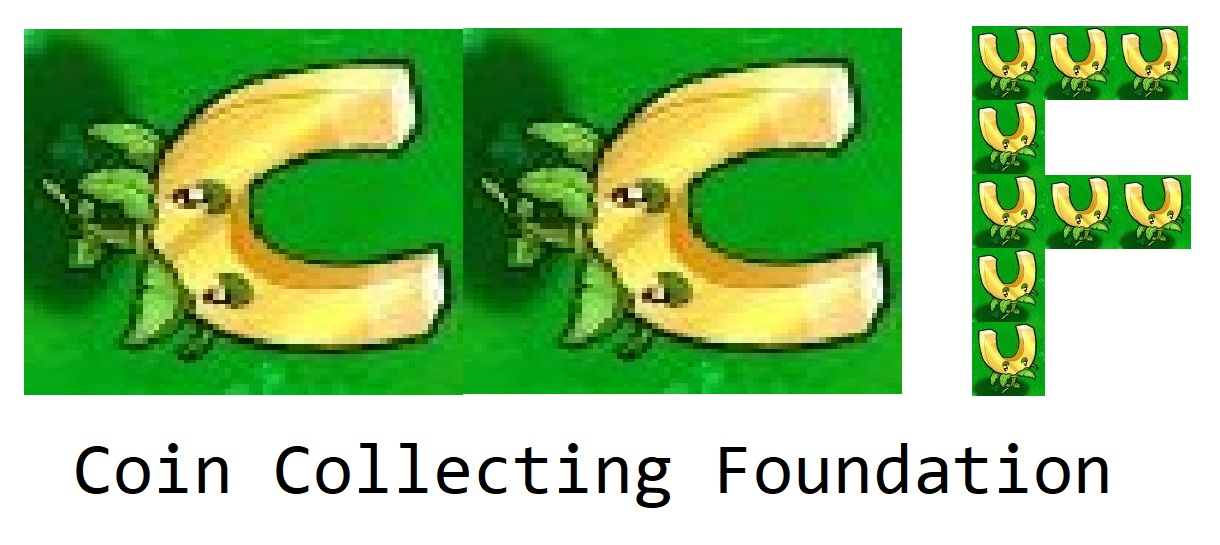Consider the following example:
import QtQuick 2.4
import QtQuick.Controls 1.3
import QtQuick.Window 2.2
Window {
visible: true
width: 320
height: 320
StackView {
id: stackView
anchors.fill: parent
Component.onCompleted: {
stackView.push( { item: comp1, destroyOnPop:false } )
}
}
Component {
id: comp1
Rectangle {
color: "lightgray"
Text {
id: mtext
anchors.centerIn: parent
text: "First Page"
}
}
}
Component {
id: comp2
Rectangle {
color: "lightgreen"
Text {
id: mtext
anchors.centerIn: parent
text: "Second Page"
}
MouseArea {
id: mouseArea
anchors.fill: parent
onClicked: mtext.text += " Clicked"
}
}
}
Row {
anchors.left: parent.left
anchors.right: parent.right
anchors.bottom: parent.bottom
Button {
id: next
text: "Next"
onClicked: {
stackView.push( { item: comp2, destroyOnPop:false } )
enabled = false
prev.enabled = true
}
}
Button {
id: prev
text: "Prev"
enabled: false
onClicked: {
stackView.pop()
enabled = false
next.enabled = true
}
}
}
}
Here I'm pushing 2 Components into the StackView on the each button clicks, i.e. clicking the "Next" button loads the second page. When I click on it, it displays an updated text("Second Page Clicked"). Then clicking "Prev" loads the first page as expected.
Now if I click "Next" again, it should load the second page with that updated text ("Second Page Clicked"), but it doesn't. It shows the initial text ("Second Page").
So the question is whether the Item is destroyed on pop? If not then shouldn't the second page display the updated text ("Second Page Clicked")?
I have even set the flag destroyOnPop to false. Have I misunderstood the concept of StackView? Any possible way to solve this?
I want to load any page from any point in StackView and that the state of Item be as it is where I left it. Just like QStackWidget, where we use setCurrentIndex().




